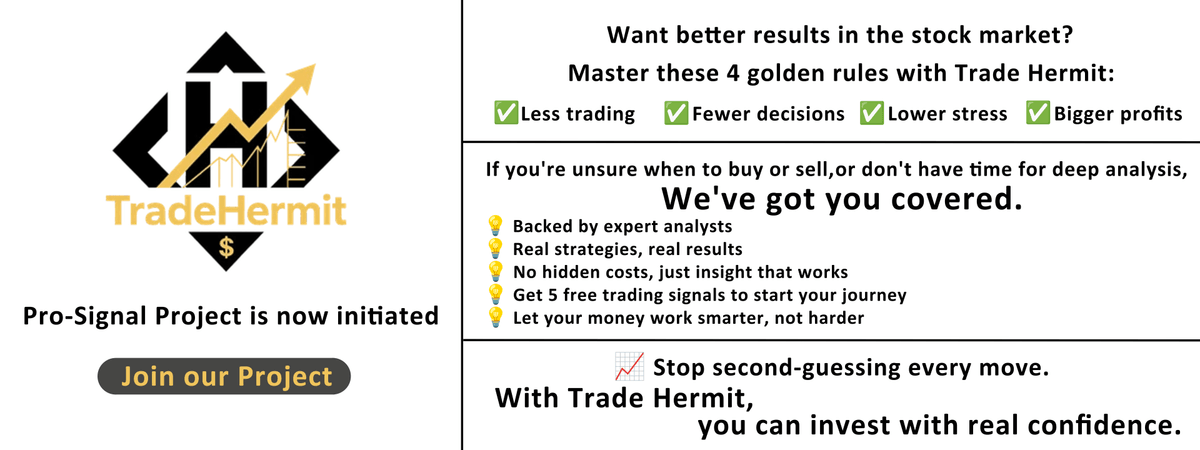I. Opening Remarks:
Despite a seemingly calm session with all three major indices closing higher, undercurrents of volatility remain strong. The Nasdaq led with a 1.2% gain, followed by the S&P 500 (+0.49%) and the Dow Jones (+0.18%), with the latter weighed down by weakness in pharmaceuticals and insurance. Beneath the surface, the landscape was far more turbulent—Fed officials’ dovish rhetoric, a weaker-than-expected ISM services print, aggressive support for Apple, and a major earnings miss from SMCI all contributed to a trading environment where individual stock moves vastly outpaced index performance. In short, while broad indices struggle for fresh highs, stock-level opportunities are increasingly intense—making for a highly challenging trading environment.
II. Market Overview:
Gap Refill and Rate Cut Bets Offer Temporary Support
1. Index Performance:
- The Nasdaq rose 1.2%, driven by strength in Apple and Amazon.
- The S&P 500 gained 0.49%, reclaiming its 10-day moving average and completing a technical gap-fill from last Friday.
- The Dow inched up 0.18%, under pressure from declines in pharma and insurance names.
2. Key Variables:
- Dovish Fed Tone: Multiple Federal Reserve officials hinted at policy easing, lifting the probability of a 25 bps rate cut in September to 93%. Even Neel Kashkari, typically a hawk, voiced support for two rate cuts this year.
- Stagflation Concerns: The ISM services index missed expectations, and the effects of downward revisions to nonfarm payroll data linger. Markets remain caught between slowing growth and persistent inflationary pressure.
3. Market Sentiment:
Despite the index rebound, bearish sentiment persists as markets digest recent macro disappointments. If the S&P fails to hold the 10-day MA tomorrow, a choppy tug-of-war could extend into next week’s CPI release.
III. Stock Highlights:
Sharp Moves and Growing Divergences Define the Session
1. Tech Giants: Both Defensive Bids and Sector Divergence
- Apple (AAPL) surged 5%, nearing a $3T valuation. The move was fueled by news that Trump had secured a commitment from Apple to invest an additional $100B in U.S. operations (totaling $600B over four years) in exchange for duty-free Indian exports. The stock has been consolidating below the $216–220 gap for months, and today’s breakout could mark a technical turning point.
- AMD (AMD) pulled back after a mixed Q2 report. While revenue beat expectations at $7.685B (+32% YoY), data center revenue rose only 14.3% to $3.24B—below the $3.31B consensus. After an AI-driven rally, investors took profits on underwhelming guidance.
- Nvidia (NVDA) earnings are due August 27 (the latest among the “Magnificent Seven”). Market expectations are extremely high, with semiconductors posting strong YTD gains. Anything short of across-the-board beats could trigger a reversal.
2. High-Volatility Stocks: Caution Advised
- Five (FIVE), a Canadian e-commerce name, posted stellar Q2 results with revenue and profit both up 5x YoY, GMV exceeding expectations. Shares jumped 22% in a post-earnings gap higher. Despite rich valuations, a breakout above its Nov 2021 ATH appears within reach.
- Palantir (PLTR) soared 28.6% on Q2 revenue growth of +150% YoY and raised Q3 guidance. Wedbush reiterated its long-term bull case, projecting a $1T valuation (150% upside). Still, analysts caution against chasing elevated valuations.
- Super Micro Computer (SMCI) plunged 18.3% after a disappointing Q4: revenue rose 7.5%, but net profit dropped 34%, and the company slashed its full-year guidance. Management blamed tariffs, audit delays, and customer postponements—but concerns about prior corporate governance issues fueled the sharp sell-off.
- Figma (recent IPO) remains highly volatile. Community sentiment suggests cautious accumulation between $60–80, with stops near $100 as valuations appear frothy.
3. “Post-Earnings Selloff” Plays: Strong Prints, Weak Prices
- Upstart (UPST) doubled Q2 revenue and returned to profitability ($5.6M net income), but shares tanked, erasing a month’s gains in a single day. Investor skepticism centers on its use of balance sheet capital to fund loans—suggesting a drift away from its pure-play light-asset model.
- Novo Nordisk (NVO) collapsed nearly 70% from its July highs, wiping out $400B in market cap. The weight-loss drug leader faces growing U.S. competition, pressure from Trump on pricing, and a major management shake-up.
4. Other Moves: Speculation and Sentiment Swings
- Tesla (TSLA) rebounded from technical support, holding the lower edge of a consolidation triangle. Bullish catalysts: Elon Musk secured a new $29B compensation package tied to a 5-year term, and the company is set to launch an upgraded FSD model in September with 10x parameter growth.
- Intel (INTC) rose off recent lows on rumors that TSMC may take a stake in the company.
- Firefly Aerospace raised its IPO pricing range from $35–39 to $41–43, implying a potential $96B valuation. Despite Q1 revenue of $55.9M and a $60.1M net loss, investor sentiment will dictate the IPO’s success.
IV. Outlook and Strategy:
Focus on Stock Selection, Stay Alert to Volatility
Market Themes Are Clear: While major indices remain capped below recent highs, stock-level opportunities continue to intensify.
Suggested Strategy:
Favor Relative Value in Mid/Small Caps: Tech megacaps like Apple carry elevated valuations. Look for fundamentally strong mid/small caps with upside surprise potential.
Avoid “Post-Earnings Traps”: Several strong earnings (e.g., UPST) have been met with selloffs—discipline in filtering for quality and sustainability is critical.
Track Key Catalysts Ahead:
- September CPI print – a key driver of Fed policy expectations.
- Nvidia earnings – the bellwether for the semiconductor rally.
- Fed official commentary – potential course correction on rate forecasts.
Conclusion:
Markets are constantly navigating between risk and reward. Short-term, caution is warranted given heightened volatility and asymmetric responses to earnings. Medium to long term, opportunities remain concentrated in names with earnings clarity and durable growth stories.
Disclaimer: This analysis reflects the author’s independent views and does not constitute investment advice. Market participation involves risk; please conduct your own due diligence.

